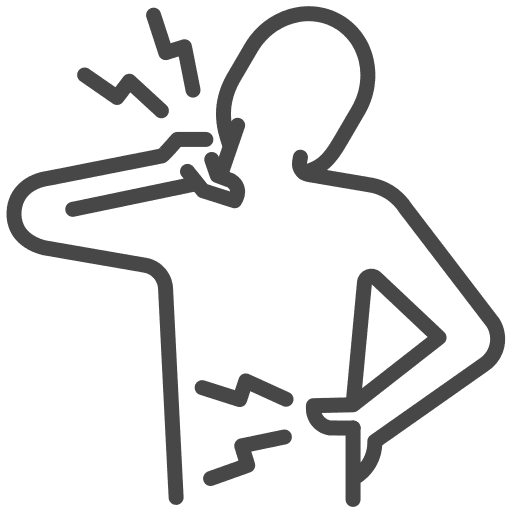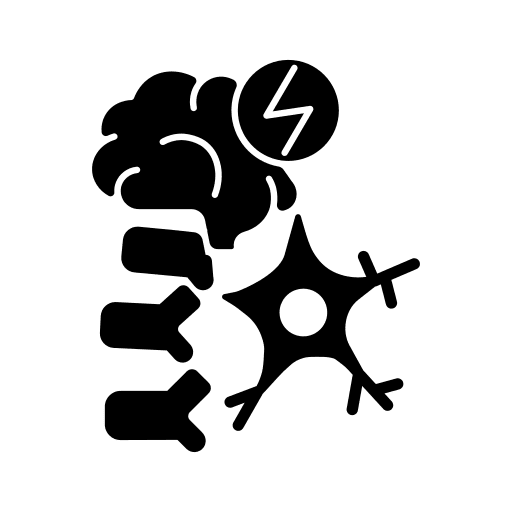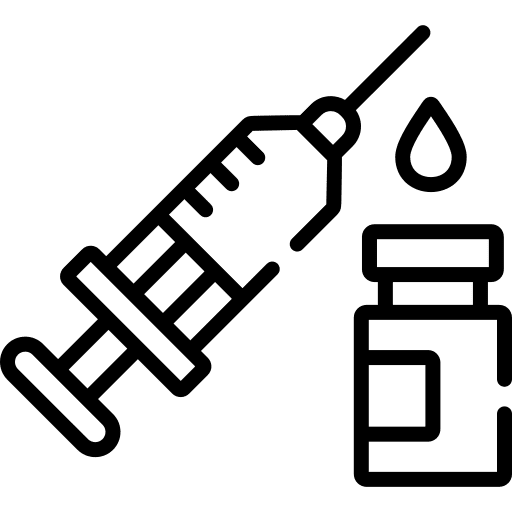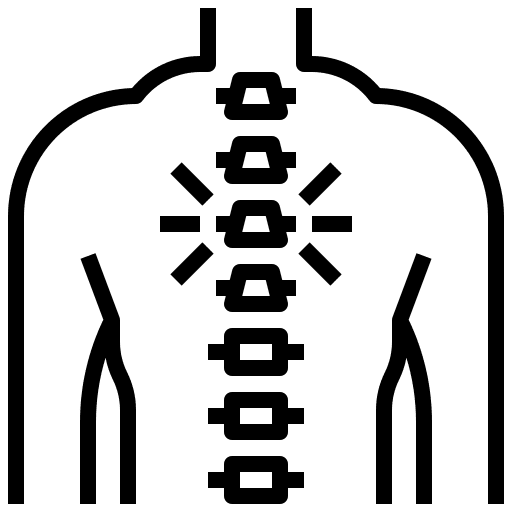The body’s sympathetic nervous system is a long chain of nerves that run throughout the various parts of the body. These nerves start at the spinal cord and stem out in different directions. Ganglion nerve bundles feed signals to the sympathetic nervous system, but when these nerves are injured or somehow irritated, it can result in pain, discomfort, or even changes in the senses. The sympathetic nerve block is a treatment that may help people with certain conditions.
What Is A Sympathetic Block?
A sympathetic nerve block is a form of pain treatment that is designed to specifically target ganglion nerve bundles connected to the sympathetic nervous system. The sympathetic nervous system is a complex series of nerves that connect the nerves in the spinal column to the body. The system itself is actually responsible for helping the body with a list of functions, such as digestion, circulation, and even sweating. 2 The medications injected may block or slow pain signals, which essentially means the patient may experience less pain. While used most often for the treatment of pain, a sympathetic block injection may also be used in the diagnosis of certain conditions.
How Does A Sympathetic Nerve Block Help?
Sympathetic nerve block treatment involves injecting medications around the ganglion nerve bundles, which are connected to the sympathetic nervous system. These injections may help with vascular, visceral, or neuropathic pain symptoms.
Lumbar sympathetic blocks, which are given in the lower back, can potentially be used to either diagnose or treat: 1, 3
- Complex regional pain syndrome
- Phantom limb pain
- Post-herpetic neuralgia
- Sciatica
- Peripheral neuropathy
Stellate sympathetic blocks, which are given in the front of the neck, can potentially be used to treat or diagnose similar conditions affecting the upper parts of the body. 5
Sympathetic blocks can be effective for some, but they do not work for every patient. For those patients who do see pain relief with the procedure, the pain relief can last anywhere from weeks to months. Pain symptoms may gradually return over time. Some patients will need a series of sympathetic block injections to see the most effective outcome. some patients may see relief with just two injections, but sometimes, it is actually necessary for some patients to get as many as 10 injections. 2, 3
Side Effects of Sympathetic Nerve Block Treatment
The sympathetic nerve block is actually considered to be generally safe and recovery is most often without incident. The most common side effects of the procedure include: 2
- Bleeding or bruising at the injection site
- Temporary soreness
- Muscle weakness
- Feelings of warmth around the injection area
Side effects can vary depending on the location of the ganglion targeted as well. For example, a sympathetic nerve block near the stellate ganglion in the neck may cause symptoms like difficulty swallowing, slight changes in voice or speech, or drooping eyelids. These symptoms are temporary and should subside rather quickly. 2
Procedure Overview
The sympathetic nerve block procedure is done only after a thorough assessment of the patient’s medical background and pain issues. The placement of the injection will be determined according to the specific location of the pain or where the pain seems to be radiating from. Before the injection, a localized anesthetic may be used to numb the injection site or the physician may utilize general anesthesia through IV sedation to keep the patient as comfortable as possible. 4
The space where the sympathetic nerve ganglion is situated is targeted with the injection needle using radiologic imagery for guidance. Contrast dye may also be used to get a clear visual of the ganglion nerve bundle and the needle during the injection. Once the needle is inserted into the area of the nerve ganglion, corticosteroid medication, and possibly an anesthetic, are injected. 3, 4
The procedure typically takes around 30 minutes or less, but the treating physician will monitor the patient after injection to determine how the medication affects the patient’s pain symptoms. Some patients report feeling some relief immediately, but it can take a few days for the full effects of the medication to be realized. Most patients do go home the same day after the procedure and a short period to monitor for side effects. 3
Pain associated with the nervous system can be tough to treat, but there are solutions that can be suitable for some patients with specific types of pain. If you would like to learn more about sympathetic nerve block treatment, please reach out to the MidSouth Pain Treatment Center for more information.







